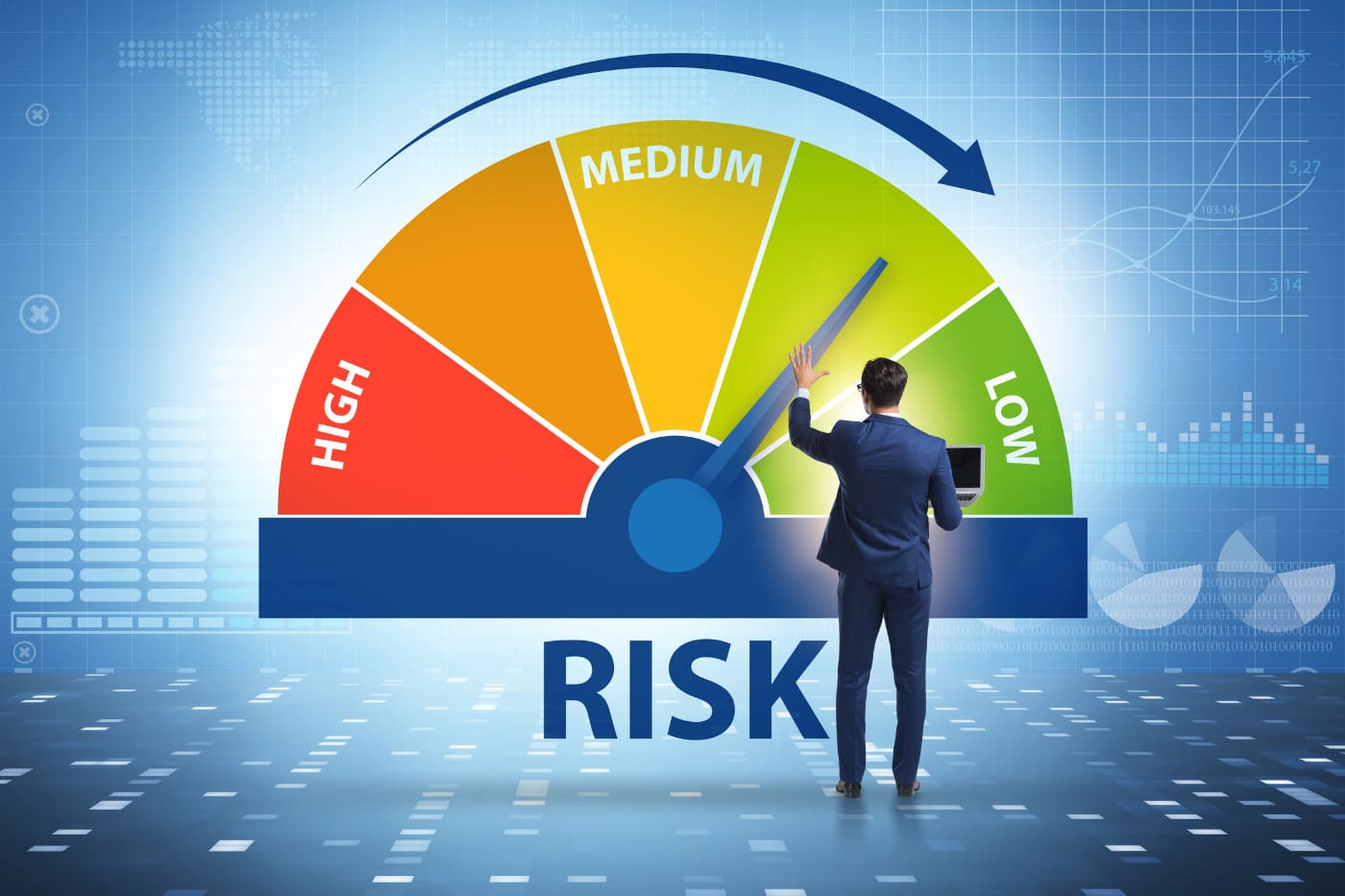Digital Risk Protection Insurance in today’s interconnected digital world, businesses and individuals alike face unprecedented risks. From data breaches to cyber-attacks, the digital landscape is fraught with threats that can have devastating consequences. As technology continues to advance, so too do the methods used by cyber-criminals to exploit vulnerabilities and infiltrate systems. In response to this evolving threat landscape, digital risk protection insurance has emerged as a critical tool for safeguarding against the financial and reputation damage caused by digital risks. In this comprehensive guide, we’ll delve into the intricacies of digital risk protection insurance, exploring what it entails, why it’s essential, and how it can help mitigate the growing threats posed by cyber-crime.
Understanding Digital Risk Protection Insurance
Digital risk protection insurance, also known as cyber insurance or cyber liability insurance, is a specialized form of insurance designed to protect businesses and individuals from the financial losses and liabilities associated with cyber-related incidents. These incidents can range from data breaches and network intrusions to ransomware attacks and social engineering scams. Digital risk protection insurance policies typically provide coverage for a wide range of expenses, including:
- Data breach response costs: This includes expenses related to investigating the breach, notifying affected parties, providing credit monitoring services, and legal fees.
- Cyber extortion payments: In the event of a ransomware attack, digital risk protection insurance can cover the costs associated with negotiating and paying the ransom.
- Business interruption losses: If a cyber incident disrupts normal business operations, resulting in lost revenue, digital risk protection insurance can provide compensation for these losses.
- Legal expenses and liabilities: In the event of a lawsuit stemming from a cyber incident, digital risk protection insurance can cover legal defense costs, settlements, and judgments.
- Reputational harm: A cyber incident can damage a company’s reputation and erode customer trust. Digital risk protection insurance can provide coverage for public relations expenses aimed at repairing the company’s image.
Why Digital Risk Protection Insurance Matters
In today’s digital age, virtually every aspect of our lives is interconnected and dependent on technology. Businesses rely on digital systems to conduct transactions, store sensitive information, and communicate with customers. Individuals entrust their personal data to online platforms for banking, shopping, and socializing. However, this increased connectivity also exposes us to a myriad of risks.
Cyber-attacks are becoming more frequent, sophisticated, and costly. According to a report by Cyber-security Ventures, the global cost of cyber-crime is projected to reach $6 trillion annually by 2021. Furthermore, the fallout from a cyber incident extends far beyond financial losses. It can damage a company’s reputation, erode customer trust, and lead to regulatory fines and legal liabilities. For individuals, the impact can be equally devastating, resulting in identity theft, financial fraud, and emotional distress.
In this context, digital risk protection insurance plays a crucial role in mitigating the impact of cyber threats. By providing financial protection and support in the event of a cyber incident, insurance companies help businesses and individuals recover more quickly and minimize the long-term damage.
Key Benefits of Digital Risk Protection Insurance
- Financial Protection: Digital risk protection insurance provides coverage for a wide range of expenses associated with cyber incidents, including data breach response costs, cyber extortion payments, and legal liabilities. This financial protection can help businesses and individuals mitigate the financial impact of a cyber-attack and avoid bankruptcy or financial ruin.
- Risk Management Support: Many digital risk protection insurance policies include risk management services aimed at helping policyholders identify, assess, and mitigate cyber risks. These services may include cybersecurity assessments, employee training programs, and incident response planning. By proactively managing their cyber risks, businesses and individuals can reduce the likelihood and severity of cyber incidents.
- Reputational Management: A cyber incident can damage a company’s reputation and erode customer trust. Digital risk protection insurance often includes coverage for public relations expenses aimed at repairing the company’s image and restoring customer confidence. By addressing reputational harm quickly and effectively, businesses can minimize the long-term impact of a cyber incident on their brand.
- Legal Support: In the aftermath of a cyber incident, businesses and individuals may face regulatory fines, lawsuits, and other legal liabilities. Digital risk protection insurance can provide coverage for legal defense costs, settlements, and judgments. Additionally, insurance companies may offer access to legal experts and resources to help policyholders navigate the complex legal landscape surrounding cyber incidents.
- Peace of Mind: Cyber threats are constantly evolving, and it can be challenging for businesses and individuals to keep pace with the latest developments. Digital risk protection insurance provides peace of mind by ensuring that policyholders have the financial resources and support they need to recover from a cyber incident. With insurance coverage in place, businesses can focus on their core operations without constantly worrying about the looming threat of cyber-crime.
Case Studies on Digital Risk Protection Insurance
- Target Data Breach: In 2013, retail giant Target experienced a massive data breach that compromised the personal and financial information of millions of customers. The breach resulted in significant financial losses, legal liabilities, and reputational damage for Target. However, the company’s digital risk protection insurance helped mitigate the impact by covering some of the expenses associated with the breach, including legal defense costs and settlements with affected customers.
- WannaCry Ransomware Attack: In 2017, the WannaCry ransomware attack infected hundreds of thousands of computers worldwide, causing widespread disruption and financial losses. Many businesses affected by the attack turned to their digital risk protection insurance policies for assistance with negotiating and paying the ransom, as well as covering other expenses associated with the incident.
Conclusion on Digital Risk Protection Insurance
In conclusion, digital risk protection insurance is a critical tool for safeguarding against the growing threat of cyber-crime in today’s interconnected digital world. By providing financial protection, risk management support, reputation management services, legal assistance, and peace of mind, digital risk protection insurance helps businesses and individuals mitigate the financial and reputational damage caused by cyber incidents. As cyber threats continue to evolve and proliferate, investing in digital risk protection insurance is essential for ensuring resilience and preparedness in the face of an uncertain and ever-changing threat landscape.






